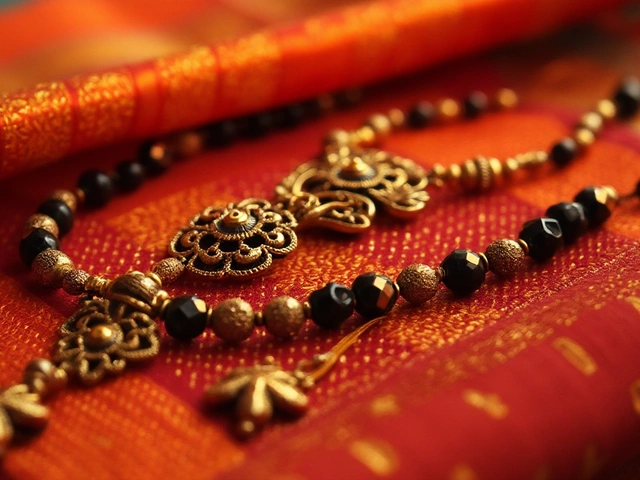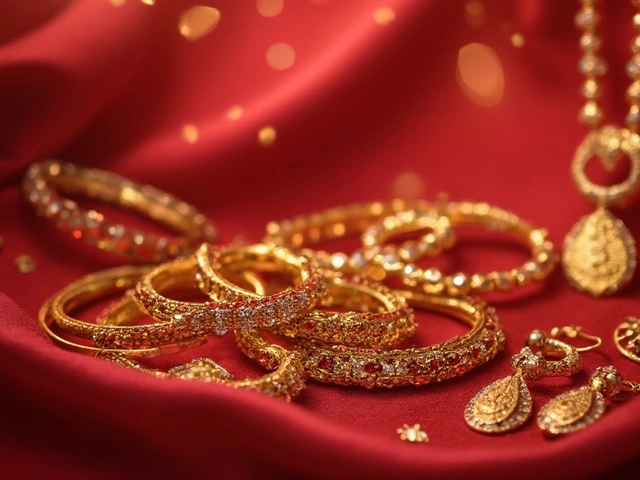Religious Rights and Indian Jewellery: What You Need to Know
When you pick a piece of jewellery in India, you’re often choosing more than a fashion accessory. Many designs are tied to religion, family customs, and personal belief. Understanding those links helps you respect the wearer and avoid accidental offense.
Why Religious Rights Matter in Jewellery
In Hindu, Sikh, Muslim, and Christian communities, jewellery can signal faith, marriage status, or a rite of passage. A mangalsutra, for example, isn’t just a gold chain – it’s a promise between partners that carries legal and emotional weight in many households. Nose studs have a long history in Hindu and Muslim traditions, symbolising purity or marital status. When a person wears a piece that reflects their religion, they expect it to be treated with care and reverence.
If a retailer or friend dismisses the meaning of a religious piece, it can feel like a denial of the wearer’s identity. That’s why many states in India protect the right to wear religious symbols under the Constitution. It isn’t just about freedom of expression; it’s about protecting cultural heritage that many families pass down for generations.
Practical Tips to Respect Cultural Practices
Here are some quick ways to handle religious jewellery without stepping on anyone’s toes:
Ask before you touch. Even if the item looks sturdy, many people consider it sacred. A simple "May I see it?" shows respect.
Know the basics. A black bead in a mangalsutra often represents protection against evil. A gold nose pin with a tiny stud may indicate a married woman in certain regions. A quick online search or a chat with the wearer can clear up confusion.
Store it safely. If you’re responsible for keeping a piece, keep it in a soft pouch, away from harsh chemicals, and don’t mix it with non‑religious jewellery.
Mind the occasion. Some jewellery is only worn during festivals or ceremonies. Wearing it casually without understanding its context can be seen as disrespectful.
Support ethical sellers. Look for vendors who disclose the cultural background of their pieces. Brands like RH Jewellers often include details about the tradition behind a design, helping buyers make informed choices.
By following these habits, you protect the wearer’s religious rights and keep the rich Indian jewellery heritage alive. Remember, the next time you see a mangalsutra or a delicate nose stud, it’s more than a sparkle – it’s a story of faith, family, and identity.
Famous Legal Cases Involving the Kirpan
The Kirpan, a ceremonial dagger carried by Sikhs, has been at the center of numerous legal cases worldwide. These cases primarily explore the tension between religious freedom and public safety. This article delves into the most significant legal battles, highlighting how different countries have handled the issue. It offers insights into the delicate balance between upholding religious rights and maintaining security. Readers will gain a better understanding of this complex topic by examining precedent-setting cases.





